Meet the Real people from the world of Photography this week we are featuring Yashpal Rathore
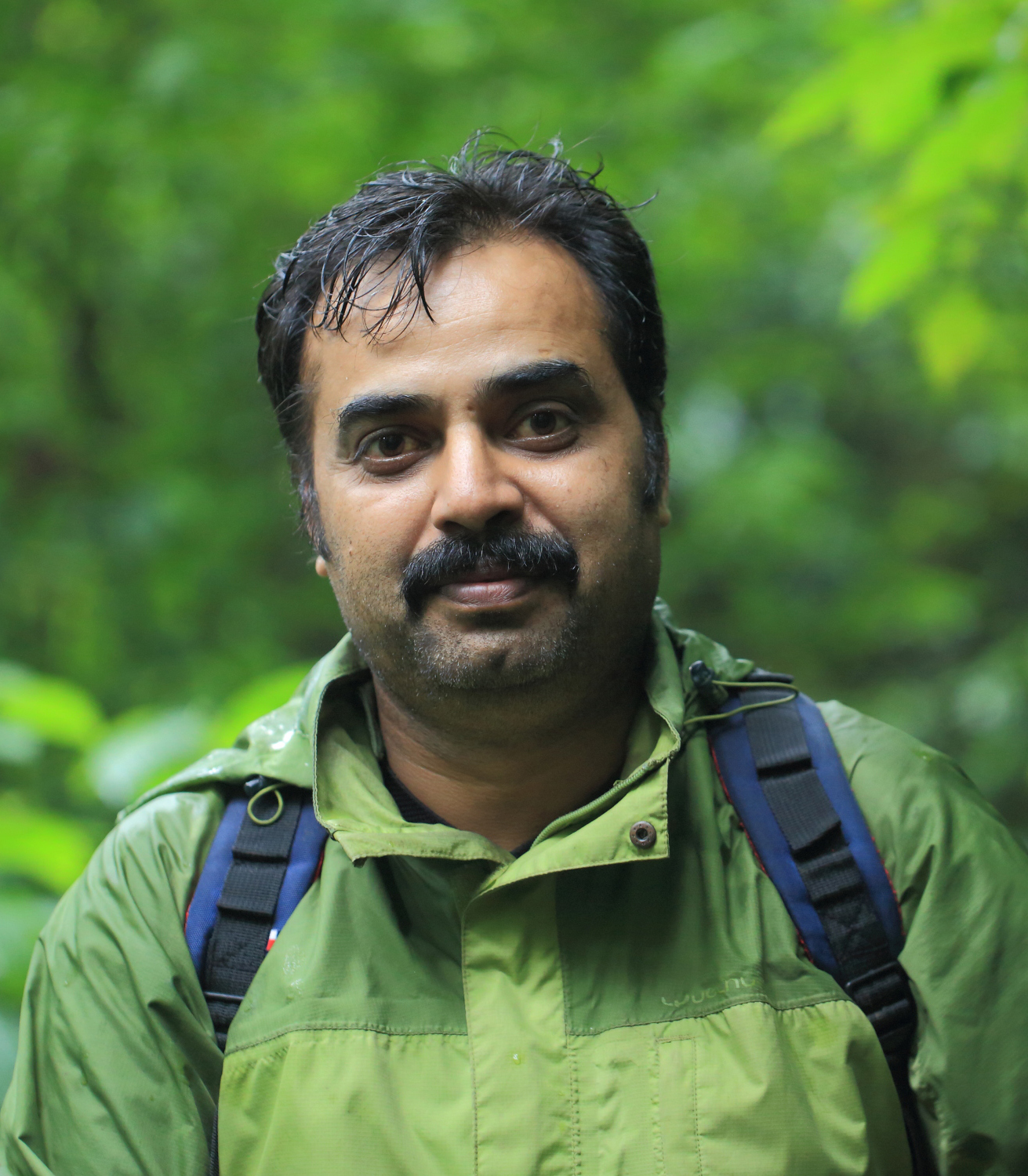
We are featuring people who are hobbyist or professionals photographers and we think they are worth sharing of Delhi Photography Club Fan page .
The selection is purely at the Discretion of Founders and owners of Delhi Photography Club.
Yashpal Rathore : Naturalist & Photography Mentor : Owner: JMD Images & Rathore Nature Photography
1. How you started your photography
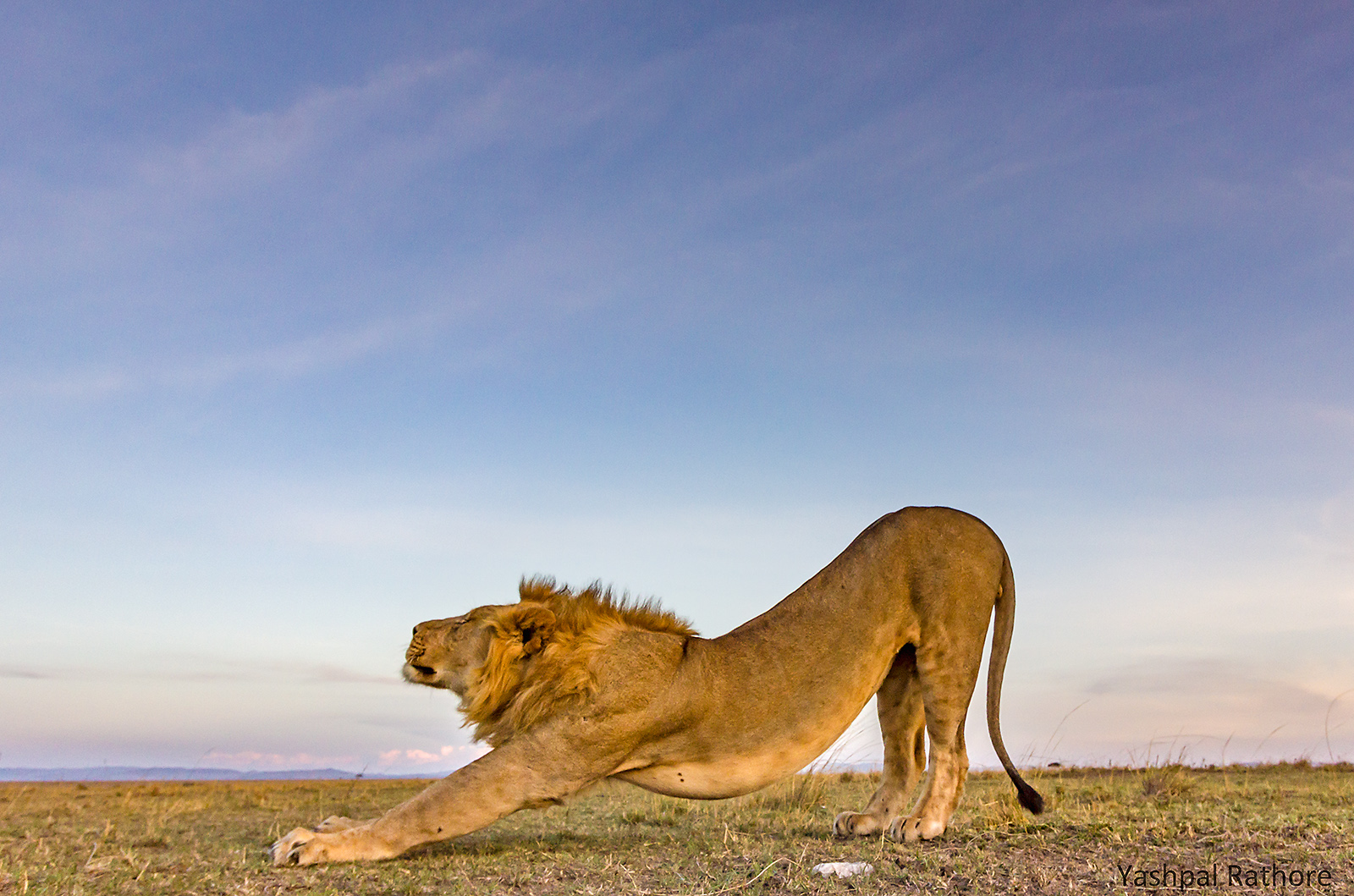
My interest in Nature & wildlife dates from Childhood. I was regular in conservation related activity for college days whether its wildlife census or other activities. I did Naturalist certification course conducted by Jungle lodges & Resorts Karnataka, also did Certified Volunteer course conducted by Karnataka Forest Department & Eco tourism board. Photography came late, but naturally into my life. Once I got into nature photography, it was easy for me to move into it, as my engineering background & being Naturalist help me.
2. What is the role of new technology and medium in photography?
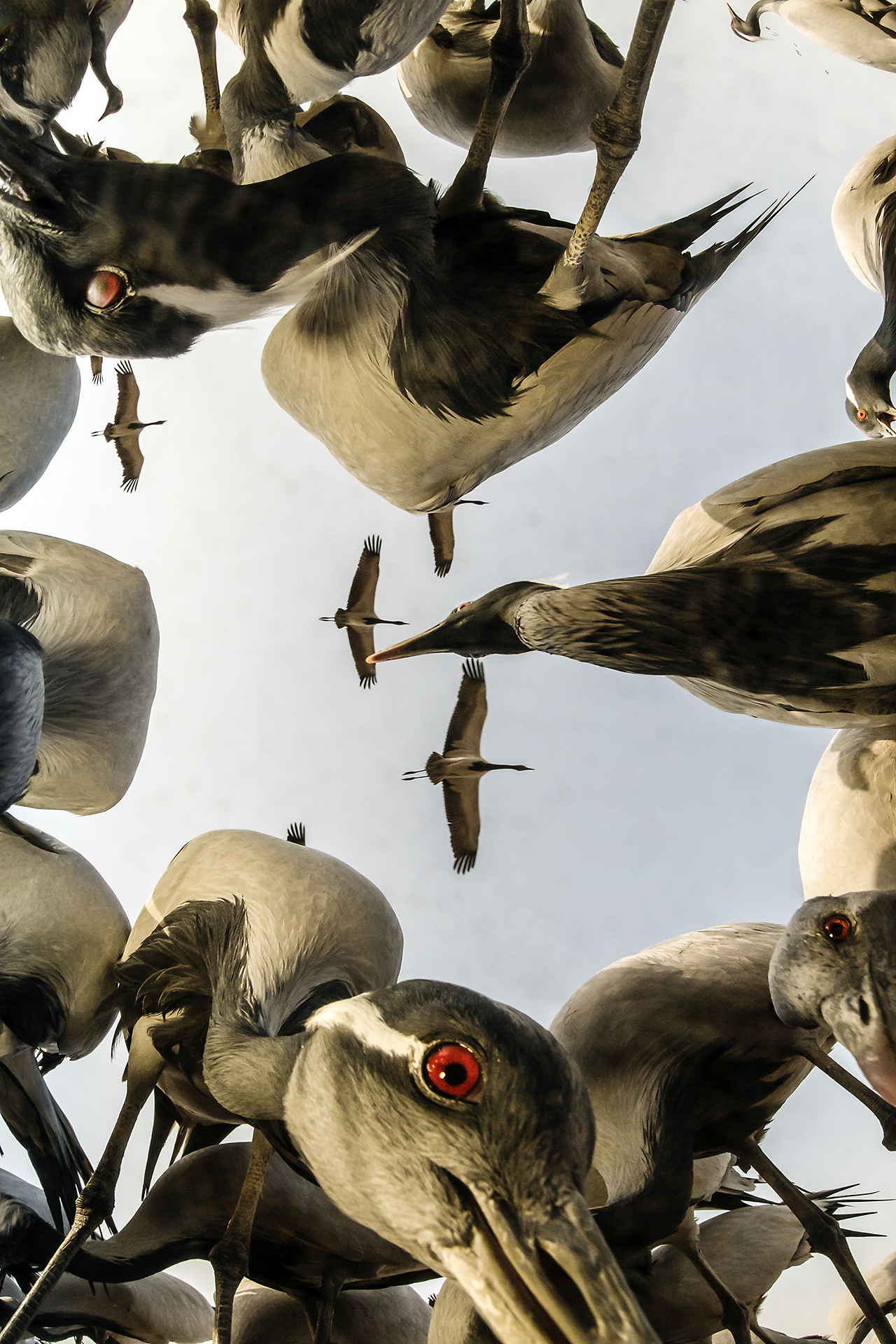
The residents of “Khichan”, a small village in Indian state of Rajasthan, have a special affinity to these Demoiselle cranes (Grus Virgo) called “Khurja” in the local language. The arrival of the birds is considered auspicious and several ballads celebrate the importance of these birds in the culture of Rajasthan. Few Decade years ago, the villagers started putting grain out for the few dozen birds that stopped over during their migration from breeding grounds in Eurasia. Over these years number of winter visitors grown to about 20 thousands.
I wanted to portray the birds from the perspective of the spread out Grain by an ultra low – ultra wide angle. I dug small hole in ground so that camera can be placed inside with fisheye lens front element at ground level also made postcard size diffuser over external flash. This was not an easy task. The birds, even though they were habituated to the Human scape, would not venture within 5-6 feet of the camera hidden away in a well camouflaged cardboard box and buried under the ground.
Ultimately I left the box for a couple of months to allow the cranes to become habituated to this. During my last visit towards end of winter, the proximity of the birds to the camera was unbelievable. They came in droves exploring the lens and pecking at it. This brought its own unique challenge. If the first few frames were not suitable, the rest would be unusable as the lens would be covered with dust, feather & foot marks. During post processing I had removed dust marks.
Camera Gear: Canon 7D ; lens canon 8-15mm f/4 fisheye at 10mm ; Exposure 1/160sec; f/16 ; ISO 800; External flash EC -1/3; Remote trigger with Camranger device
Location: Khichan, western Rajasthan, India

In recent times technology is changing very fast, also in the field of photography. Today everyone is a photographer, those who own smartphones or stand-alone camera. In photography advancement of technology has made many things possible which was not possible before. Today camera’s high ISO performance makes shooting possible at late evening time, earlier we used to pack up camera bags those times. In-camera Multiple exposure, HDR, etc. creates opportunities to make new images.
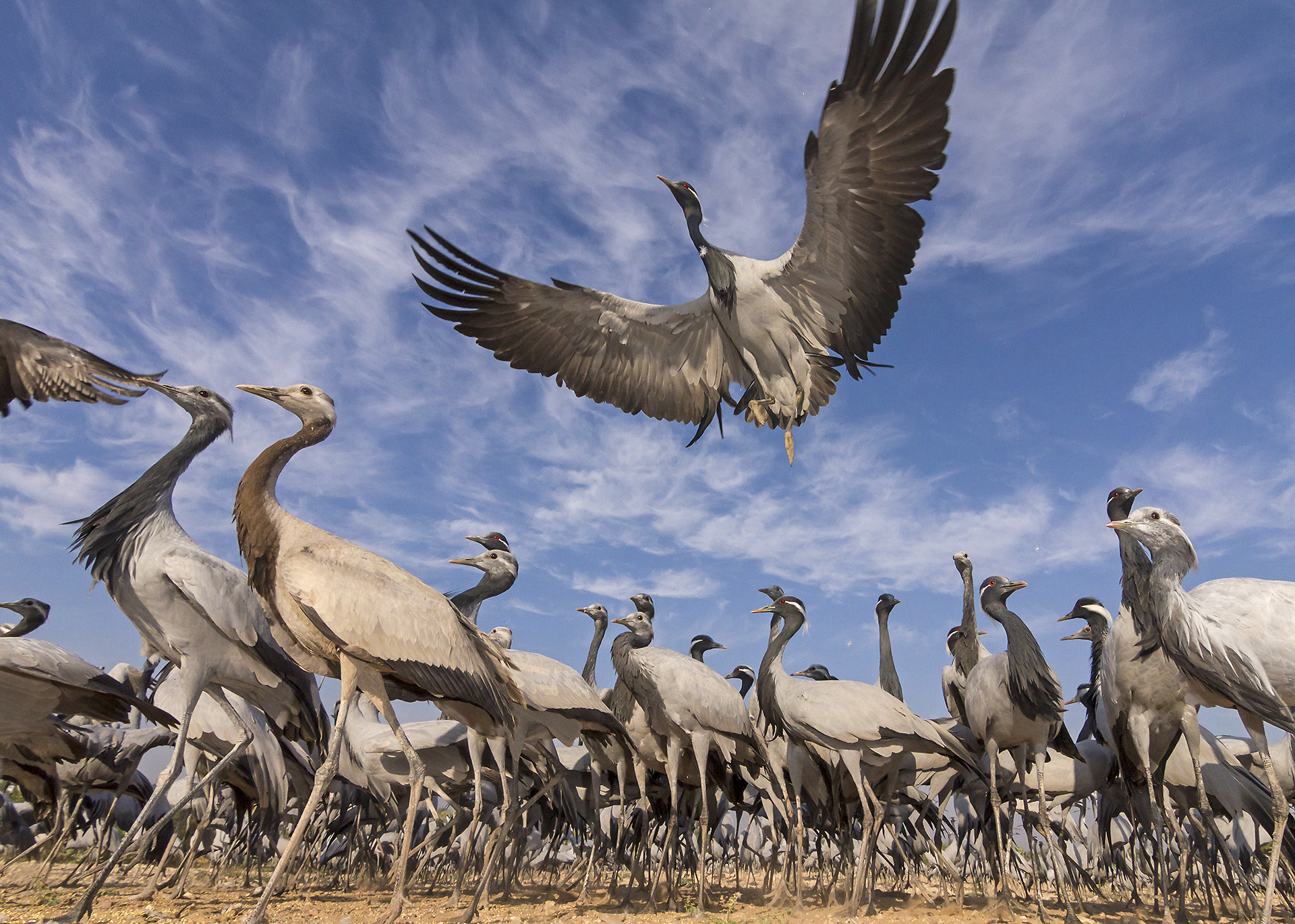
The residents of “Khichan”, a small village in Indian state of Rajasthan, have a special affinity to these Demoiselle cranes (Grus Virgo) called “Khurja” in the local language. The arrival of the birds is considered auspicious and several ballads celebrate the importance of these birds in the culture of Rajasthan. Few Decade years ago, the villagers started putting grain out for the few dozen birds that stopped over during their migration from breeding grounds in Eurasia. Over these years number of winter visitors grown to about 20 thousands.
Central to the spectacle is the spreading of JOWAR (millets, a form of grain) in a protected enclosure called Chugga ghar (or the feeding house ). Every morning at first light, cranes in Rows of v shapes would come from every direction, sky will be filled with sea of cranes, the birds descending into the dunes or grounds around feeding house. Then one group entered the enclosure, others would follow. Meanwhile other cranes wait patiently for their turn outside enclosure. I had setup camera with wide angle lens on ground well camouflaged such that, these Marching crane army walks till camera before taking leap to clear 7ft high fence to enter into Chugga ghar.
Camera Gear: Canon 7D; lens Tokina 11-16 mm f/2.8 II at 11mm ; Exposure 1/2000sec; f/11; ISO 640; 1 No’s external flash (580EXII, -1), Remote trigger with Camranger device
Location: Khichan, western Rajasthan, India
.
3. Anything specific that you want to share with people.
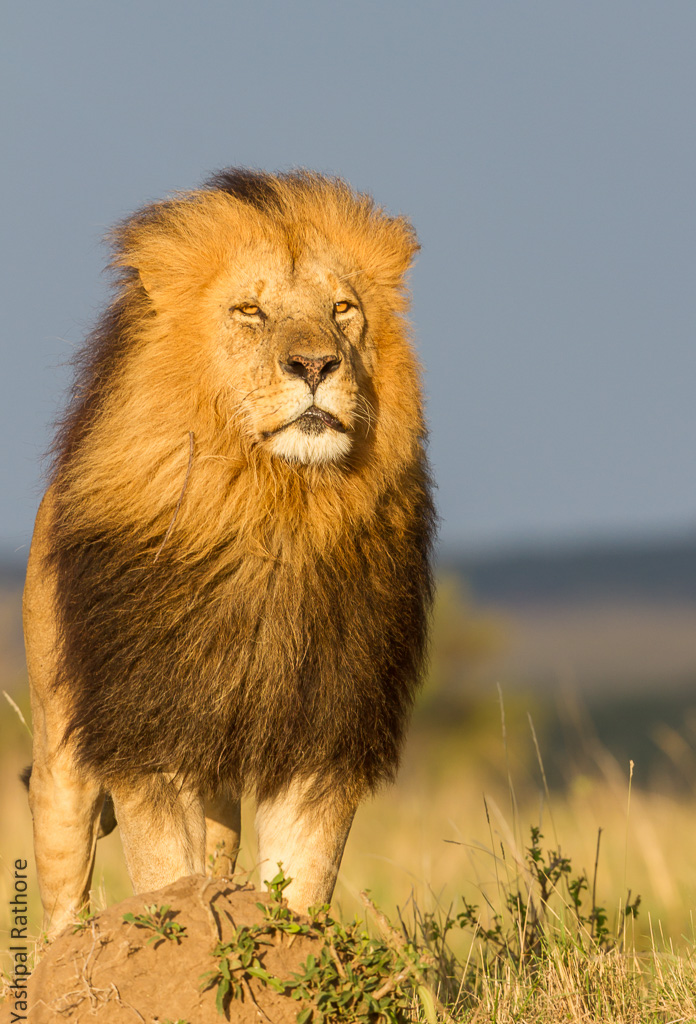
I see many new photographers devote too much time in discussion over various brands of camera or technical aspects of it. Every new model with few additional Megapixel or extra fps draws more attention. But Advancement of technology can’t replace knowledge of your genre of photography. You can be successful wedding photographer only if you know detail customs of wedding you are planning to shoot. You can’t be better fashion photographer if you don’t know the latest trends in fashion. Similar we can be better nature photographers if we have deep knowledge about our subjects of interest, because it’s all about anticipating moment well in advance. So to be better nature photographer we need to be a naturalist first, otherwise instead of doing good to nature by your photography, you will end up harming nature because of our ignorance.
4. What gives you motivation to go out and click despite having busy schedules.
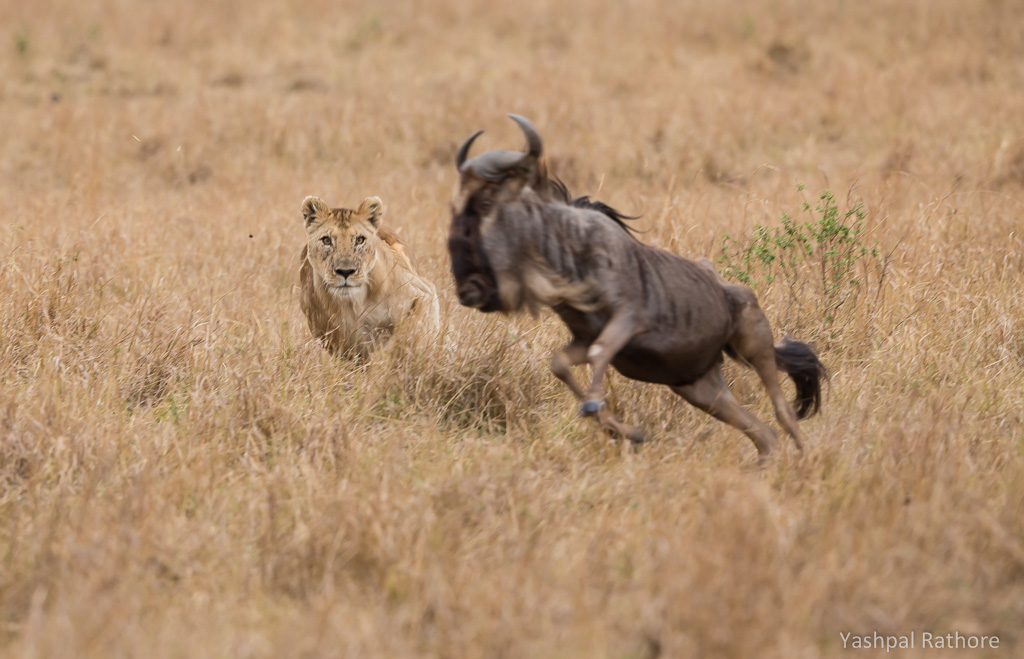
My desire to capture nature in new or different perspectives or derives me to go out in wilderness again & again. I had developed remote controlled buggy & developed dslr camera trap systems to capture wildlife in innovative ways. I try to manage balance between my work, my family and my passion, which is very important.
About Yashpal Rathore :
Yashpal Rathore, is an Electrical engineer by qualification, but a naturalist and an avid nature photographer by choice.

To enrich his knowledge for wildlife behaviour, he undertook the “Certified Naturalist training” conducted by Jungle lodges & Resort, a Karnataka govt. enterprise in the year 2008. Being a Certified Naturalist, he conducts weekend bird walking & photography tours in India & Africa and introduce new people to basic of photography & nature. The joy derived out of providing orientation on these subjects to young people encouraged him to educate himself more in this field. Subsequently he did the “Certified Volunteer course” jointly conducted by Karnataka forest Department & Karnataka Eco tourism Board in the year 2013. These certifications provided him the opportunity to take part in forest management and participate in activities like Wildlife census, Bird survey, forest fire fighting and other conservation activities.

He has visited the far-flung corners of India & Africa to be amidst Nature. These visits have given him an intimate insight into the dynamics and diversity of nature. He wanted to capture Indian wildlife in new perspective by innovative means. As he grew as nature photographer his photographs began receiving recognition & awards, National & International forums. He sells his work through leading UK based nature stock agency www.naturepl.com.

Equipment and Gear:
Camera Bodies: 1DX/ 5DM3/6D body
Lenses: 17-40mm f4/ 24-70mm F2.8 /100mm macro F2.8/ 24mm F1.4 & 500 mm F4
3 sets of canon 550D body & 10-22mm lens for camera trap with Nikon SB-28flash and PIR motion sensor
To know more about Yashpal Rathore & follow his work, visit: www.facebook.com/natureglimpse or www.natureglimpse.com
Join our Delhi Photography Club at www.facebook.com/delhiphotographyclub
Send in your sample works at Virendra@delhiphotographyclub.com









































